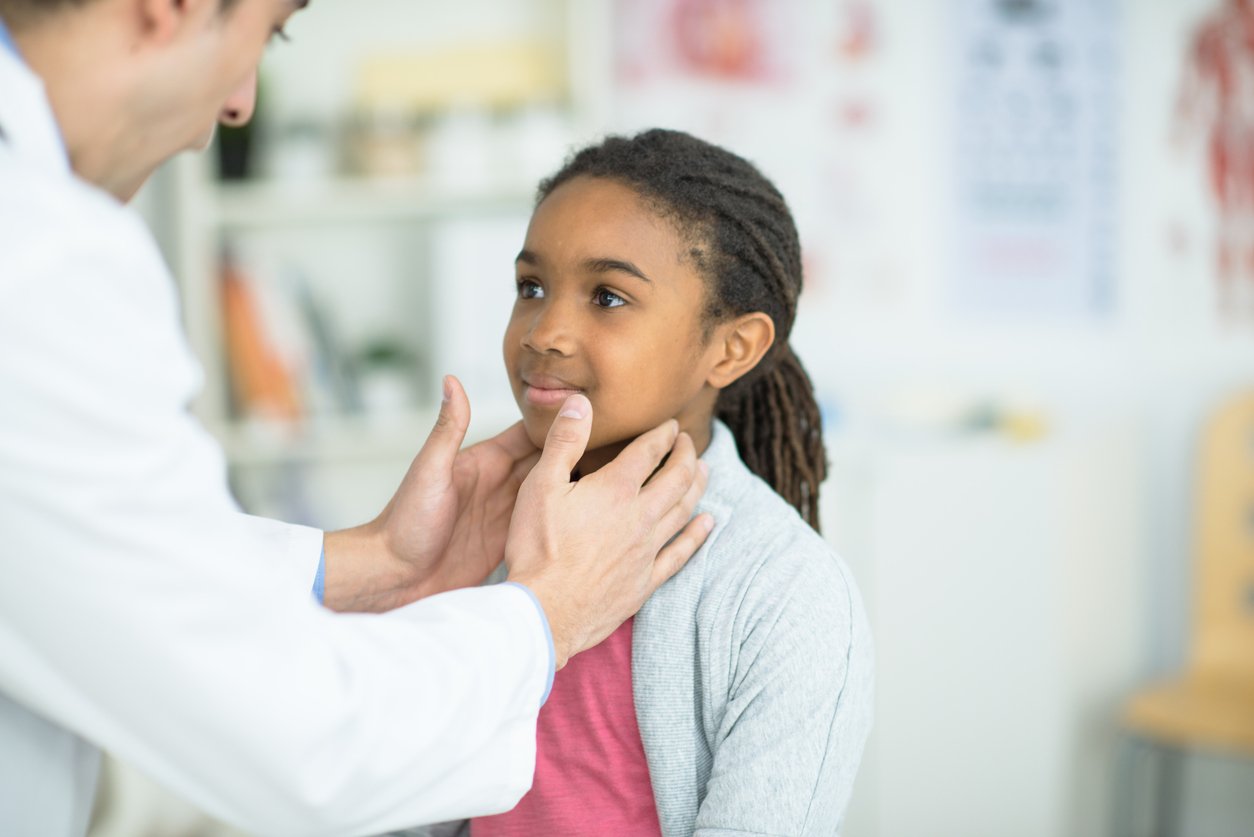How do normal bones develop?
Bones are made of protein fibres that bind minerals (calcium and phosphate) to become hard and strong. New bone tissue is continually being formed by cells called osteoblasts, and old bone tissue is continually removed (resorbed) by other cells called osteoclasts. This process of constantly making new bone (bone formation) and resorbing old bone (bone resorption) keeps our bones healthy and strong.
In children, bone formation should occur faster than bone resorption. This happens until a person reaches their late 20s, when bone reaches its peak bone density (bone strength). After that, bone loss gradually occurs faster than bone formation.
What is osteoporosis
Osteoporosis is a weakening of the bones, which makes them break more easily. This could happen when the rate of bone formation is less than bone resorption. Eventually, the bones become fragile and are more likely to break (fracture) even with relatively small amounts of force. In children, osteoporosis is diagnosed when a child has a fracture in the bones of the spine or when they easily break other bones in the body.
This is different from the term "osteopenia" which is a word that is used to describe bones that may look weaker on X-ray. Not everyone with osteopenia has osteoporosis.
Osteoporosis in children treated for brain tumours
Children who have been treated for brain tumours may be at a higher risk for osteoporosis. There are many reasons for this, including:
- Long-term use of steroids, such as dexamethasone.
- Radiation therapy may cause bone loss at the site that was treated.
- Radiation may cause growth hormone deficiency or hypothyroidism, which if untreated can cause osteoporosis.
- Prolonged periods of decreased activity, such as being bed-ridden. Being inactive for long periods of time can cause further bone loss.
- Early puberty, late puberty, or early menopause can cause lower peak bone mass.
- Some chemotherapy drugs can affect the bones directly.
What can be done to help prevent osteoporosis?
All children who are at-risk for osteoporosis benefit from the following:
- Stay as physically active as possible. Weight-bearing exercises such as brisk walking, hiking, soccer, baseball, dancing, and skating help strengthen muscles and increase bone density.
- Take the recommended daily amounts of calcium and vitamin D for age. Calcium is needed for new bone to form, and vitamin D helps the body absorb calcium. Very salty foods, caffeine, alcohol, and carbonated drinks make it more difficult for the body to absorb calcium and should be avoided when possible.
Your child’s treatment team will assess your child’s exercise levels, diet, and fracture history to better understand their risk of osteoporosis. If there is a concern for osteoporosis, your child may require care by a specialized bone health team. The team will then decide if additional testing, such as X-rays or a bone mineral density scan, is required. In some cases, medication is used to treat osteoporosis.
